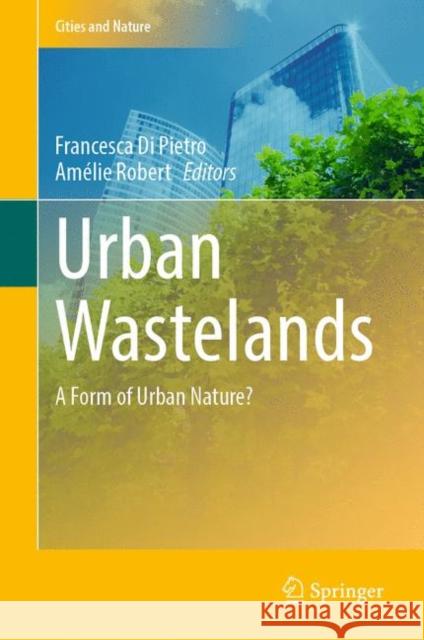Urban Wastelands: A Form of Urban Nature? » książka
topmenu
Urban Wastelands: A Form of Urban Nature?
ISBN-13: 9783030748814 / Angielski / Twarda / 2021 / 367 str.
Urban Wastelands: A Form of Urban Nature?
ISBN-13: 9783030748814 / Angielski / Twarda / 2021 / 367 str.
cena 564,88
(netto: 537,98 VAT: 5%)
Najniższa cena z 30 dni: 539,74
(netto: 537,98 VAT: 5%)
Najniższa cena z 30 dni: 539,74
Termin realizacji zamówienia:
ok. 22 dni roboczych
Bez gwarancji dostawy przed świętami
ok. 22 dni roboczych
Bez gwarancji dostawy przed świętami
Darmowa dostawa!
Kategorie BISAC:
Wydawca:
Springer
Seria wydawnicza:
Język:
Angielski
ISBN-13:
9783030748814
Rok wydania:
2021
Wydanie:
2021
Numer serii:
000472004
Ilość stron:
367
Oprawa:
Twarda
Wolumenów:
01











